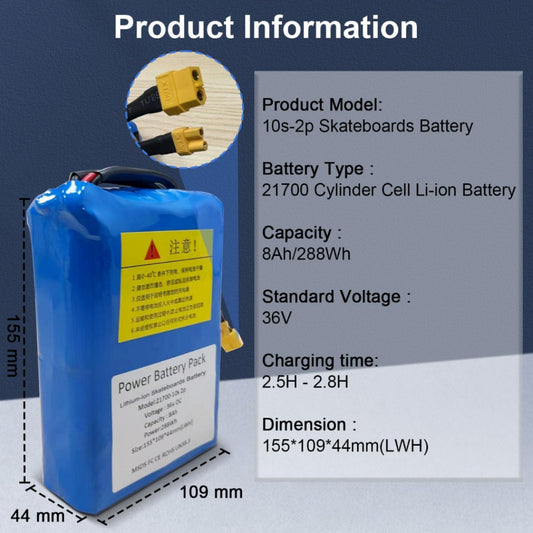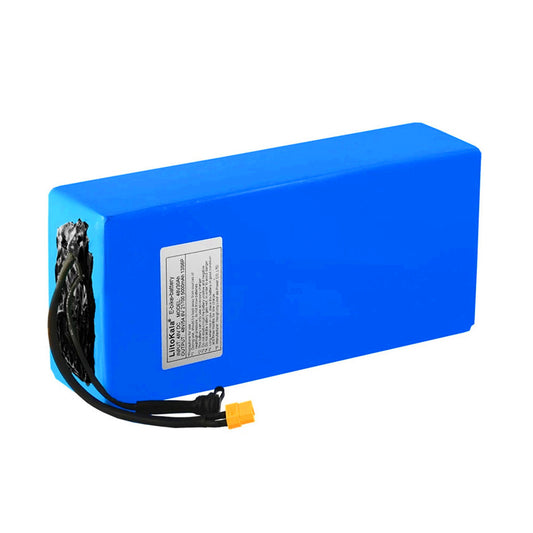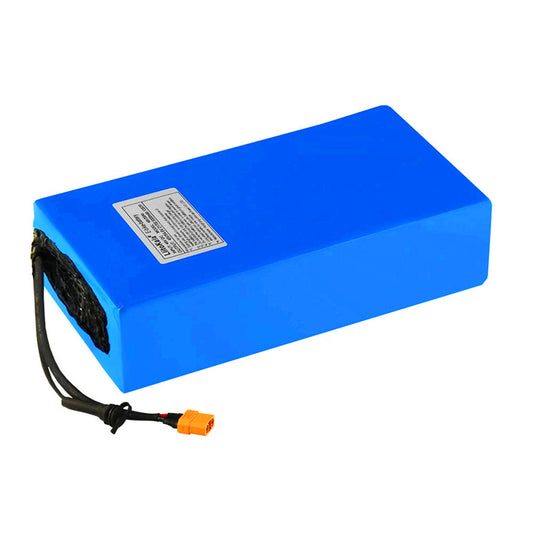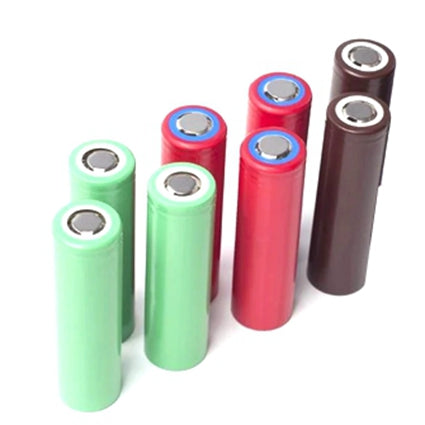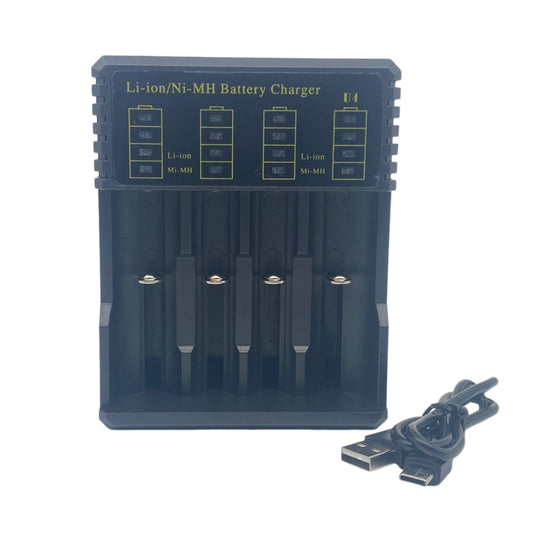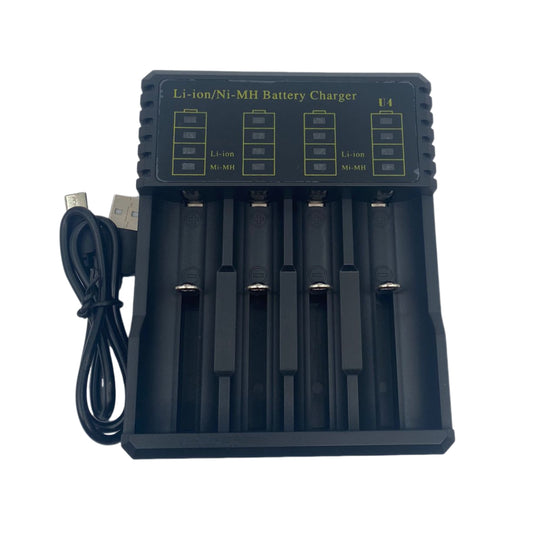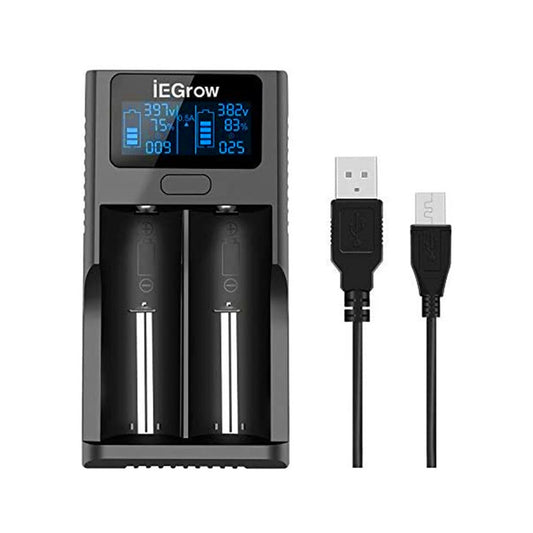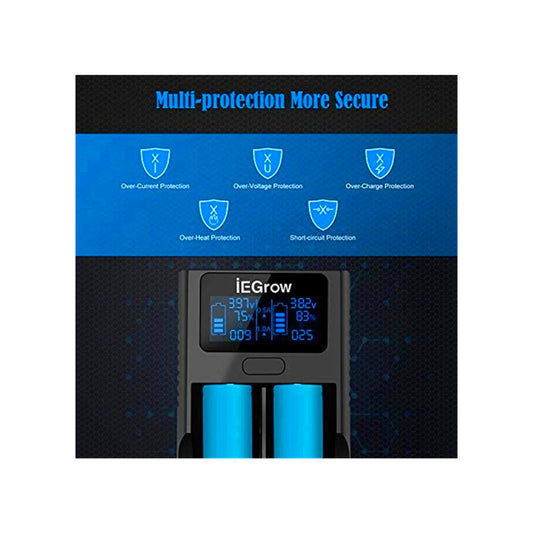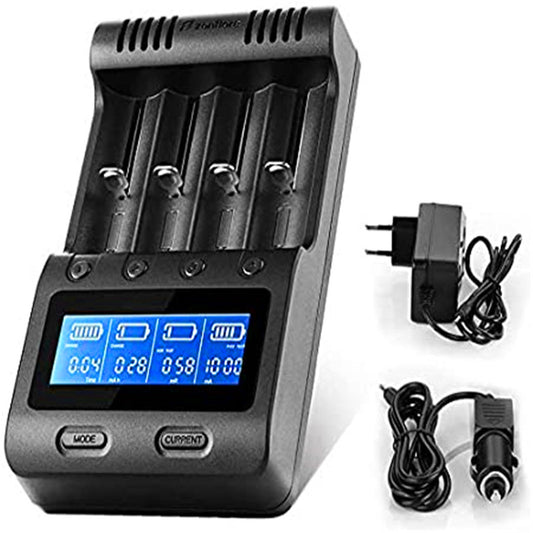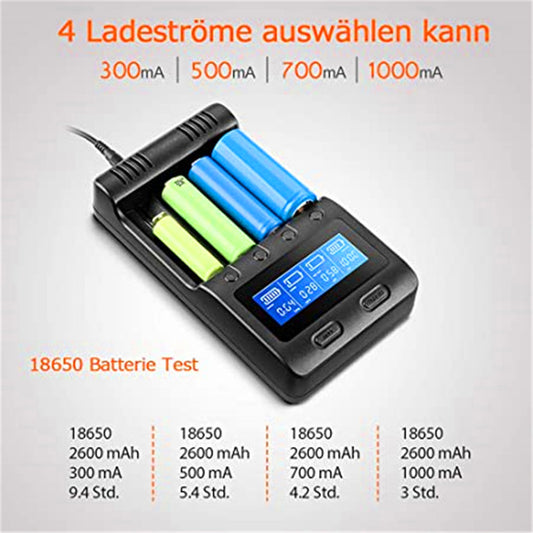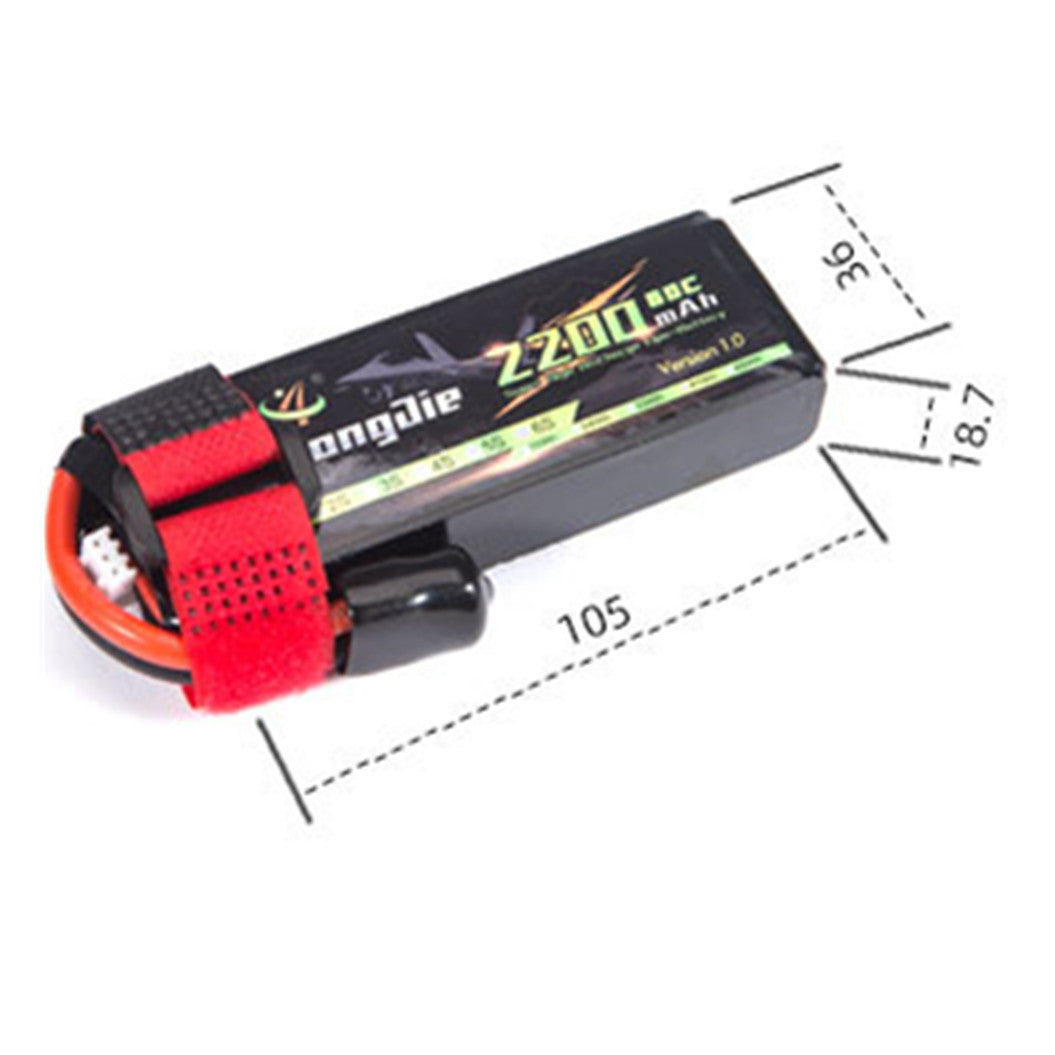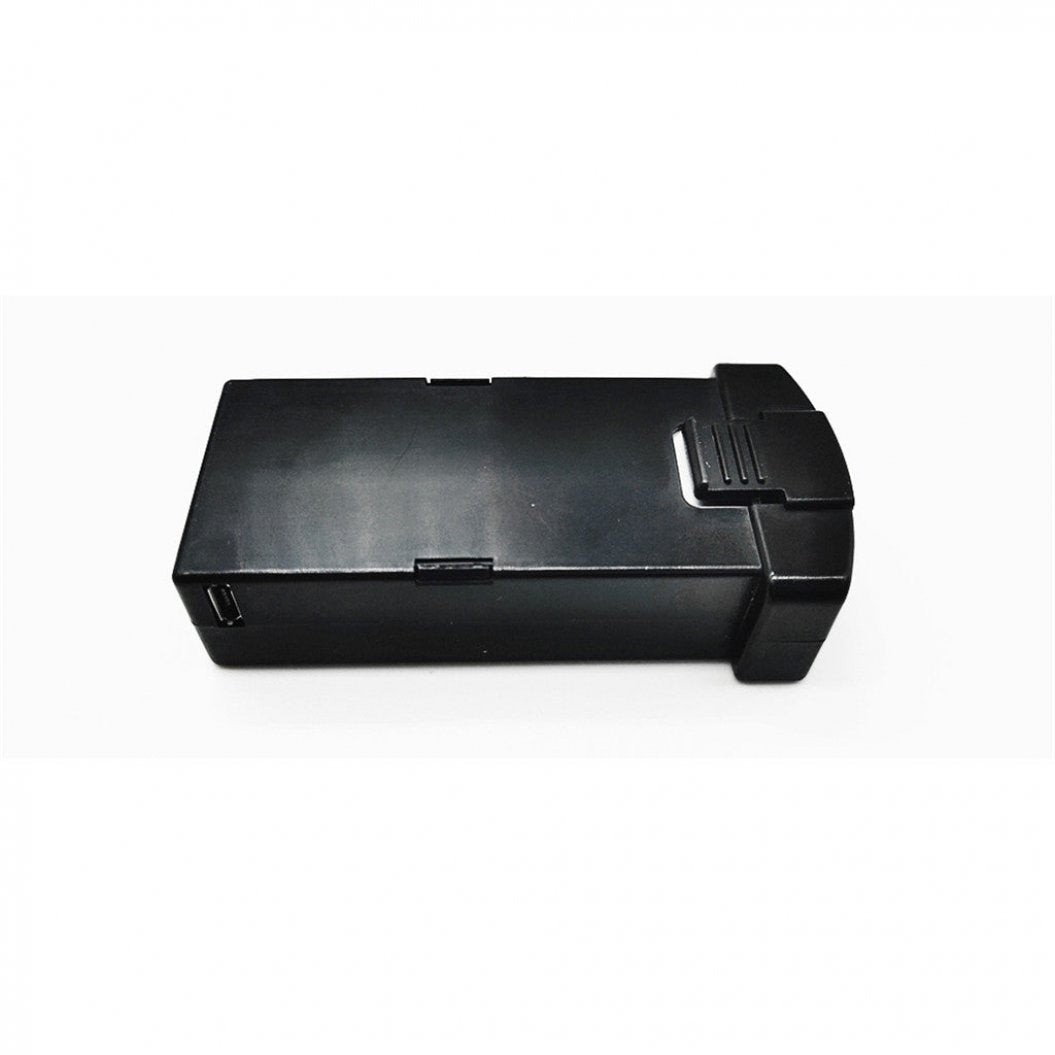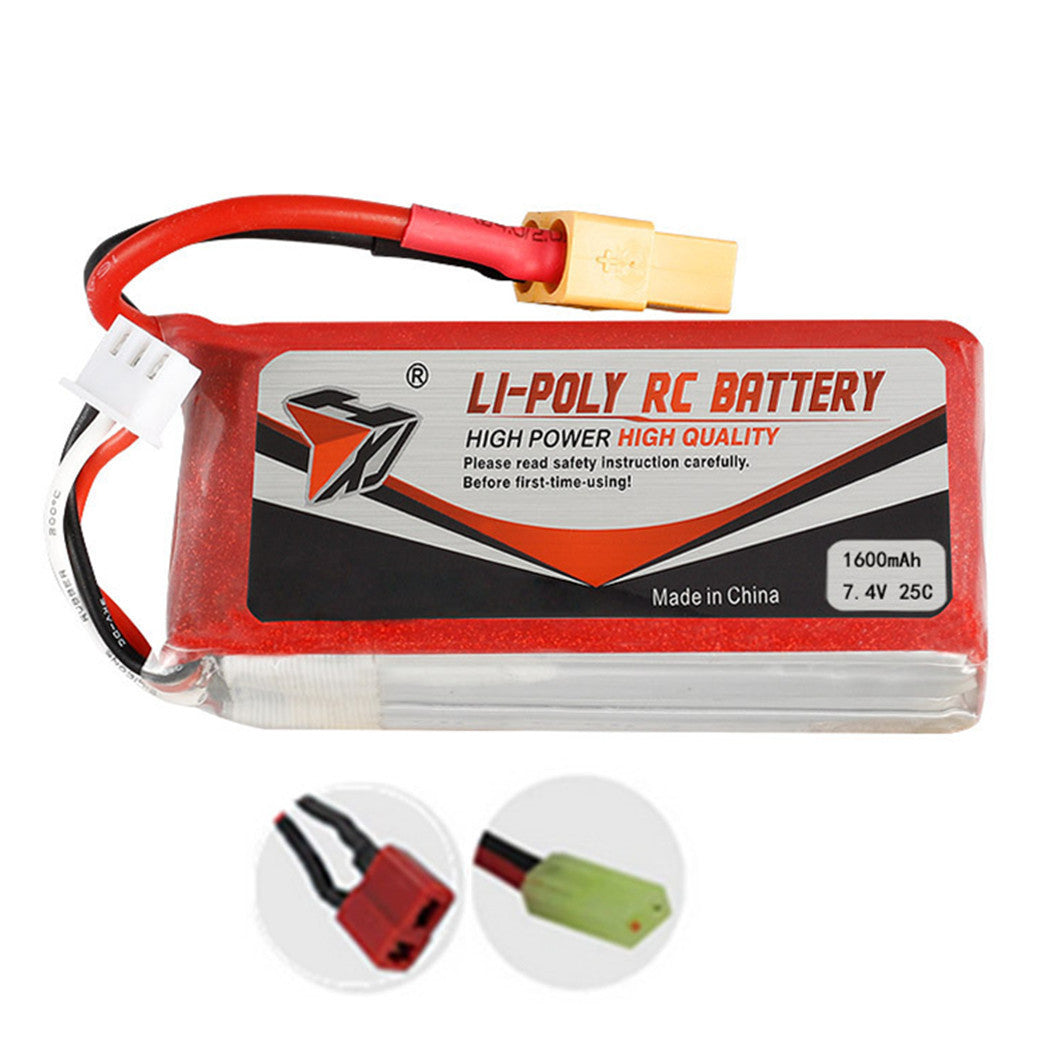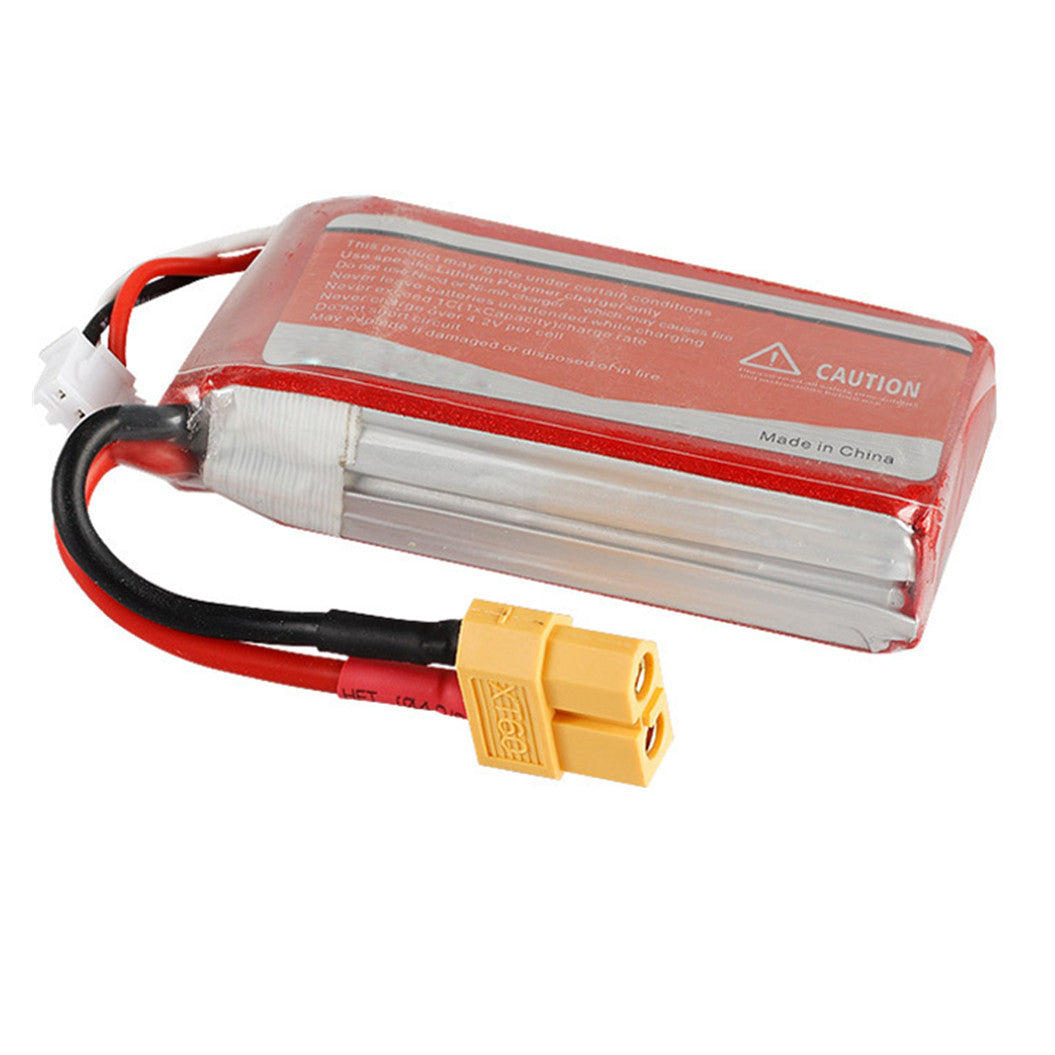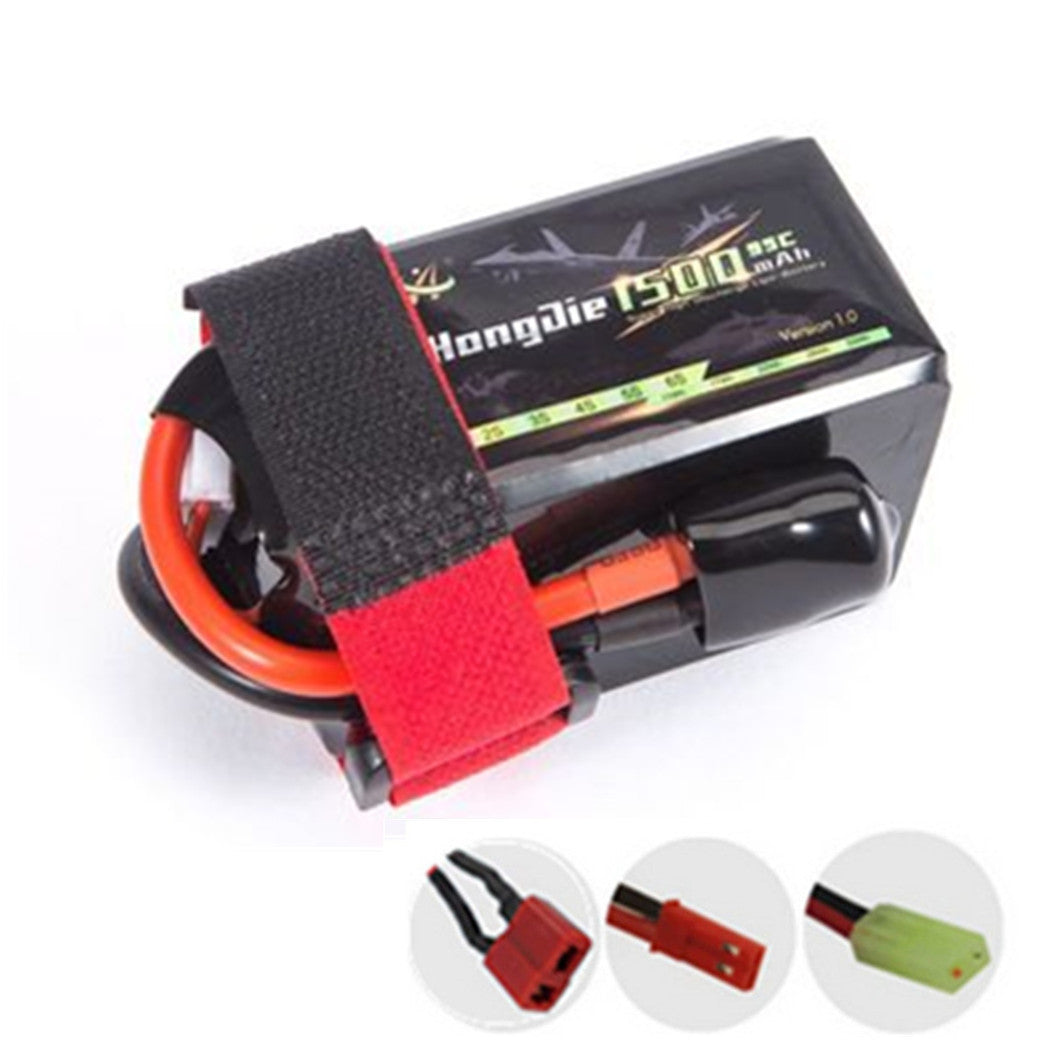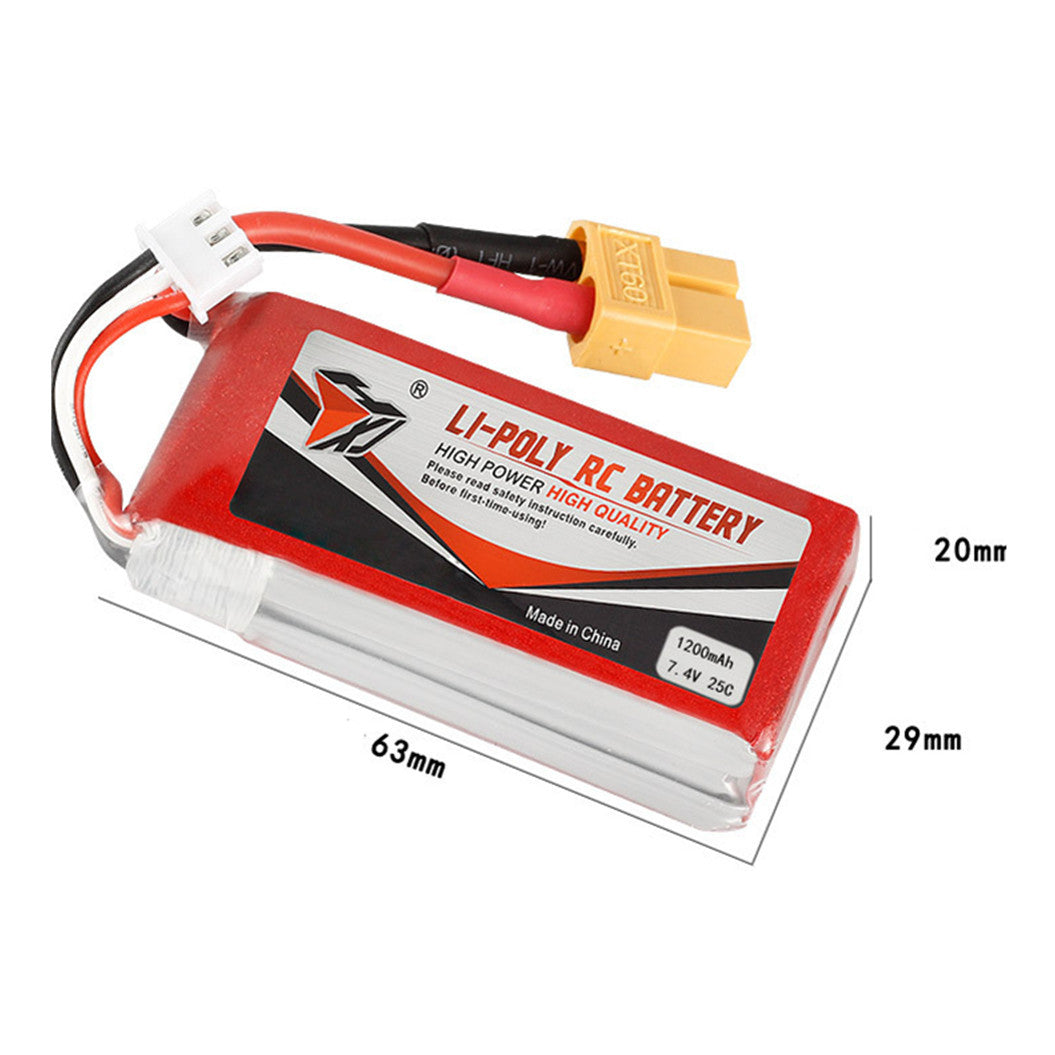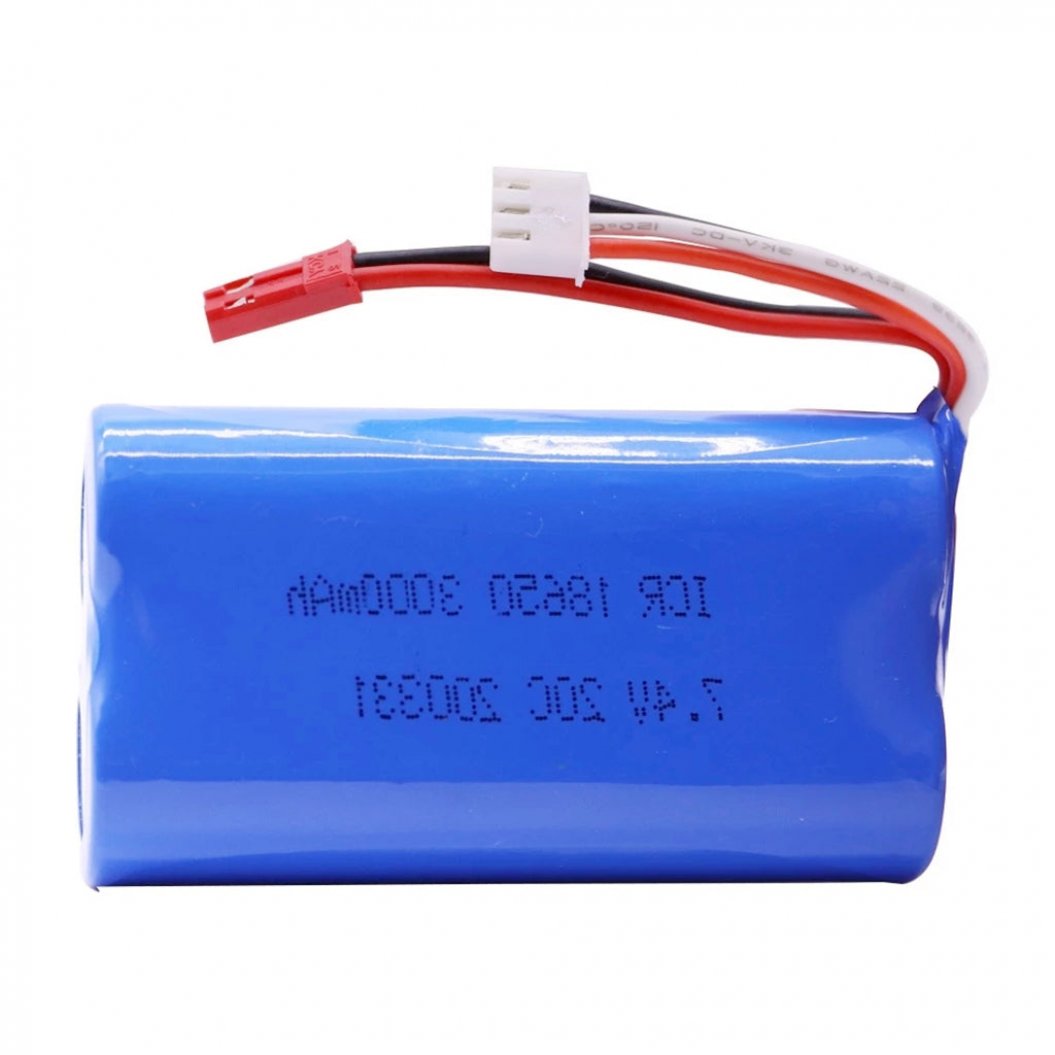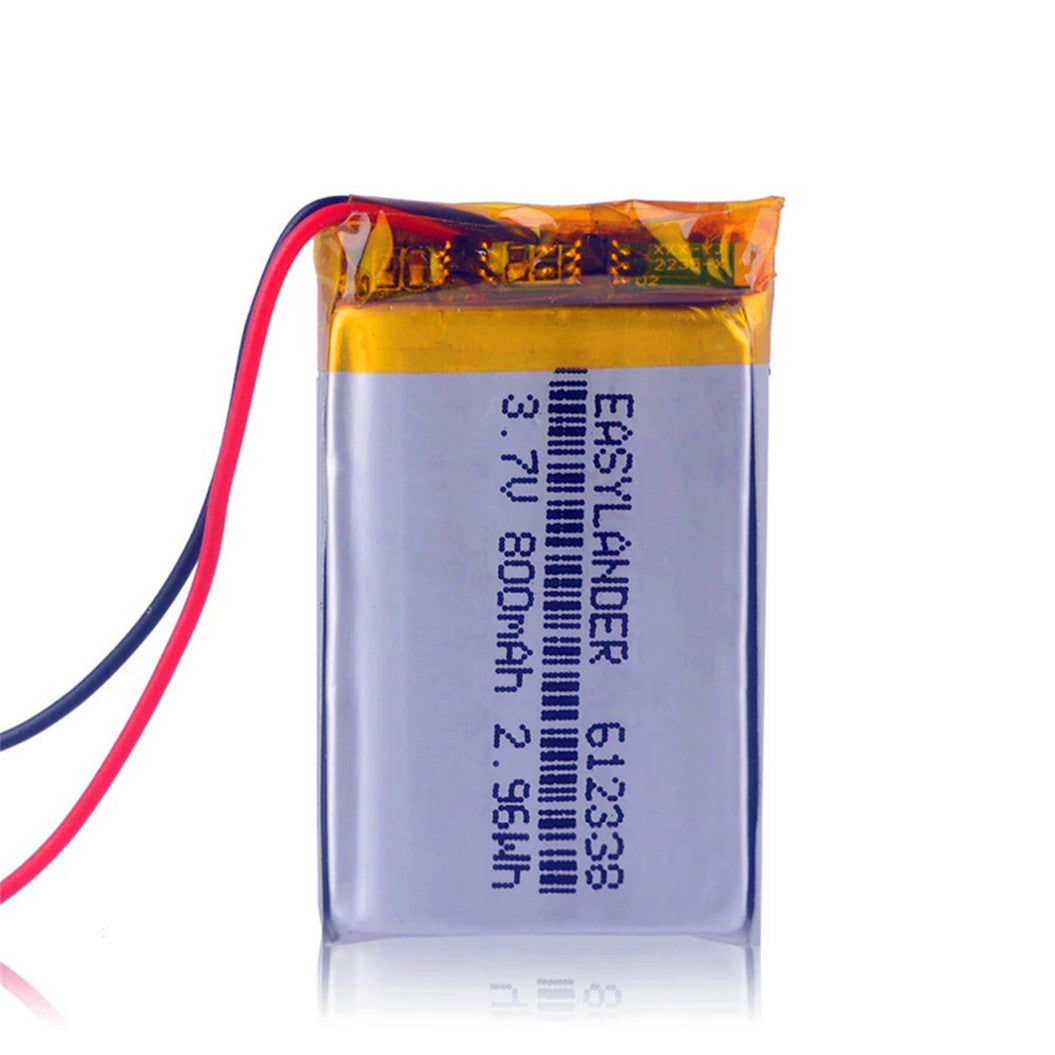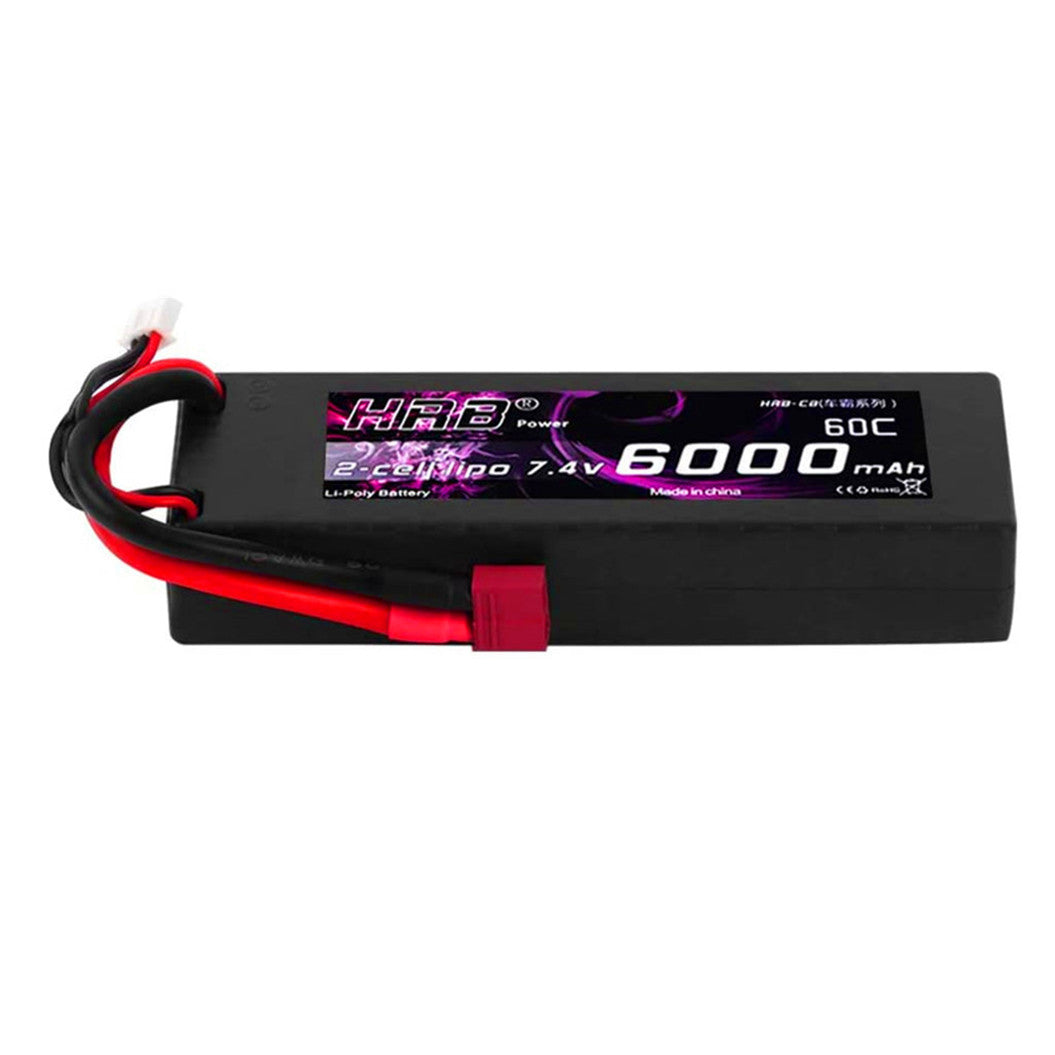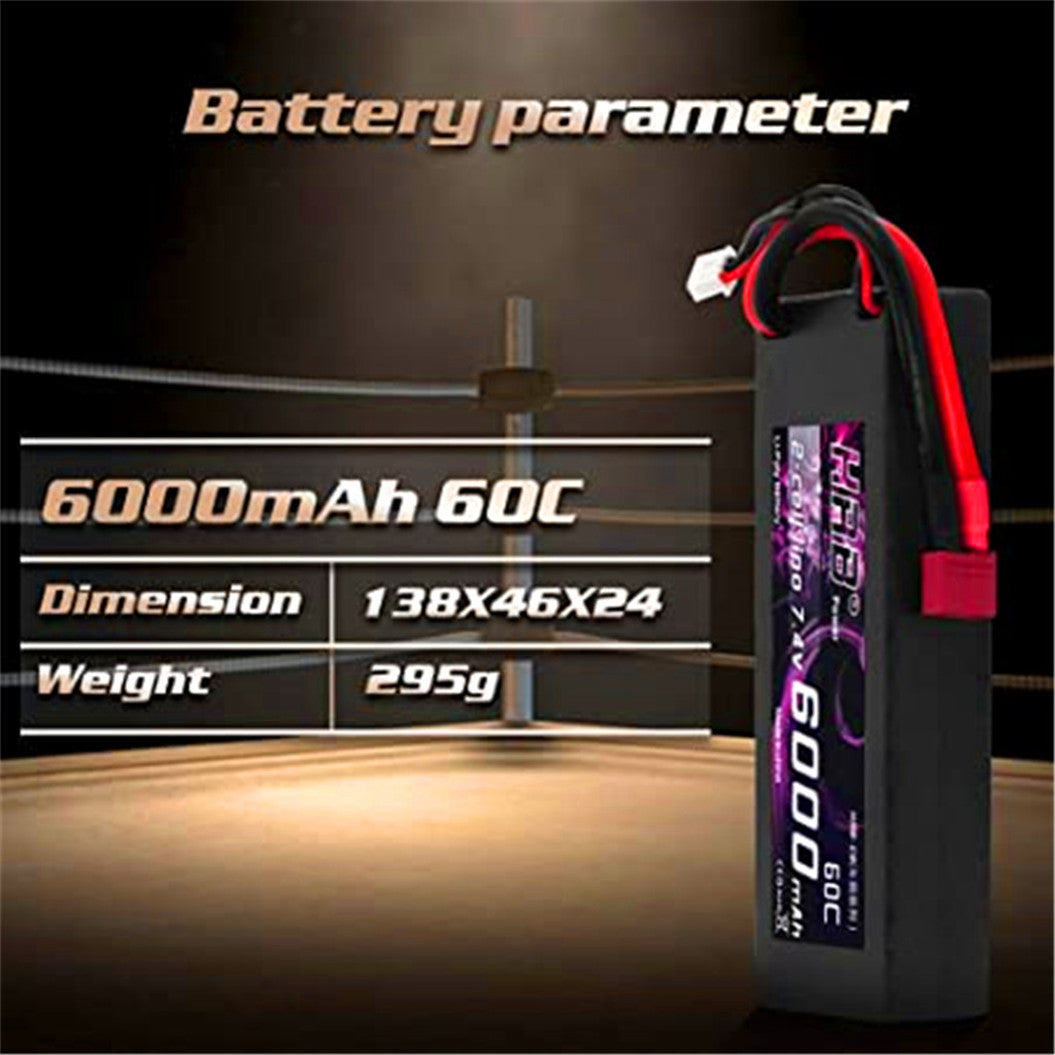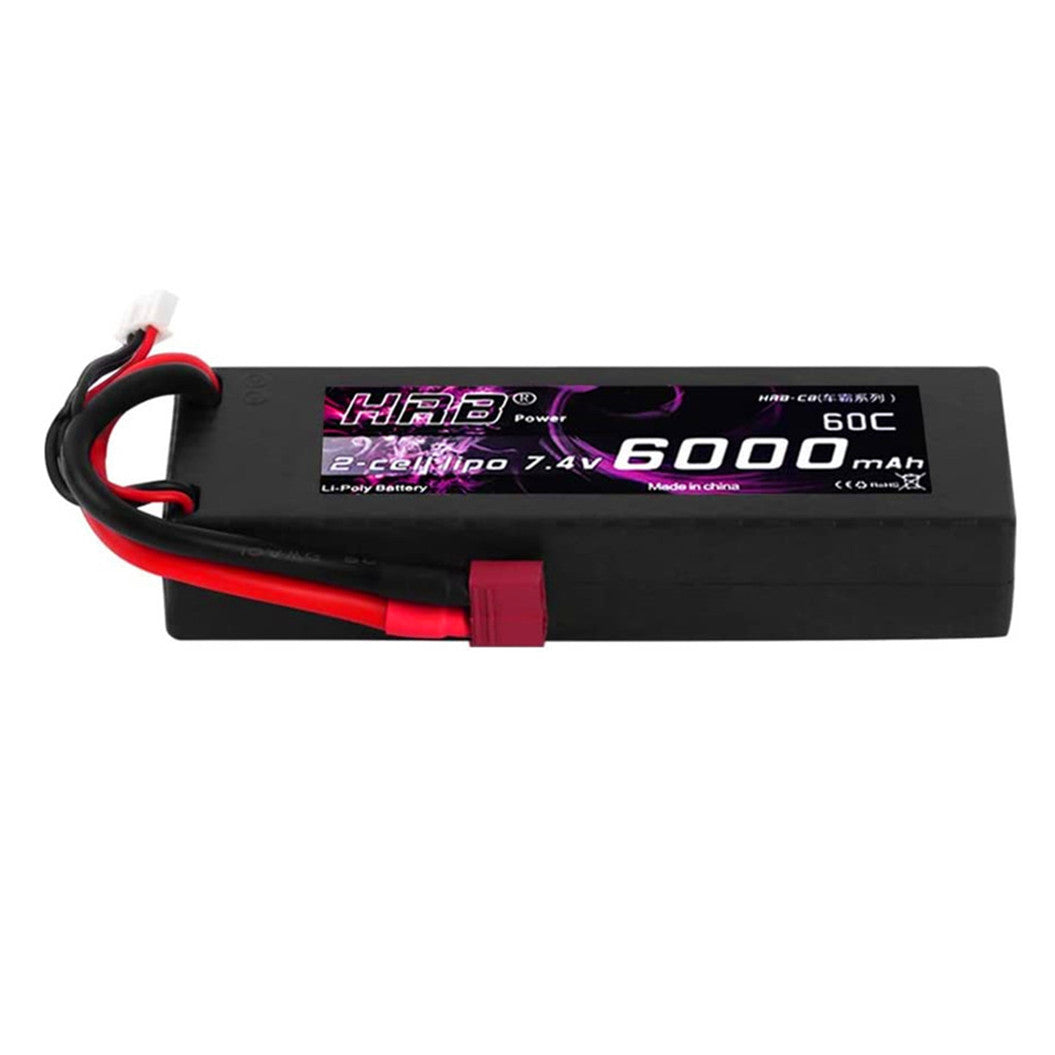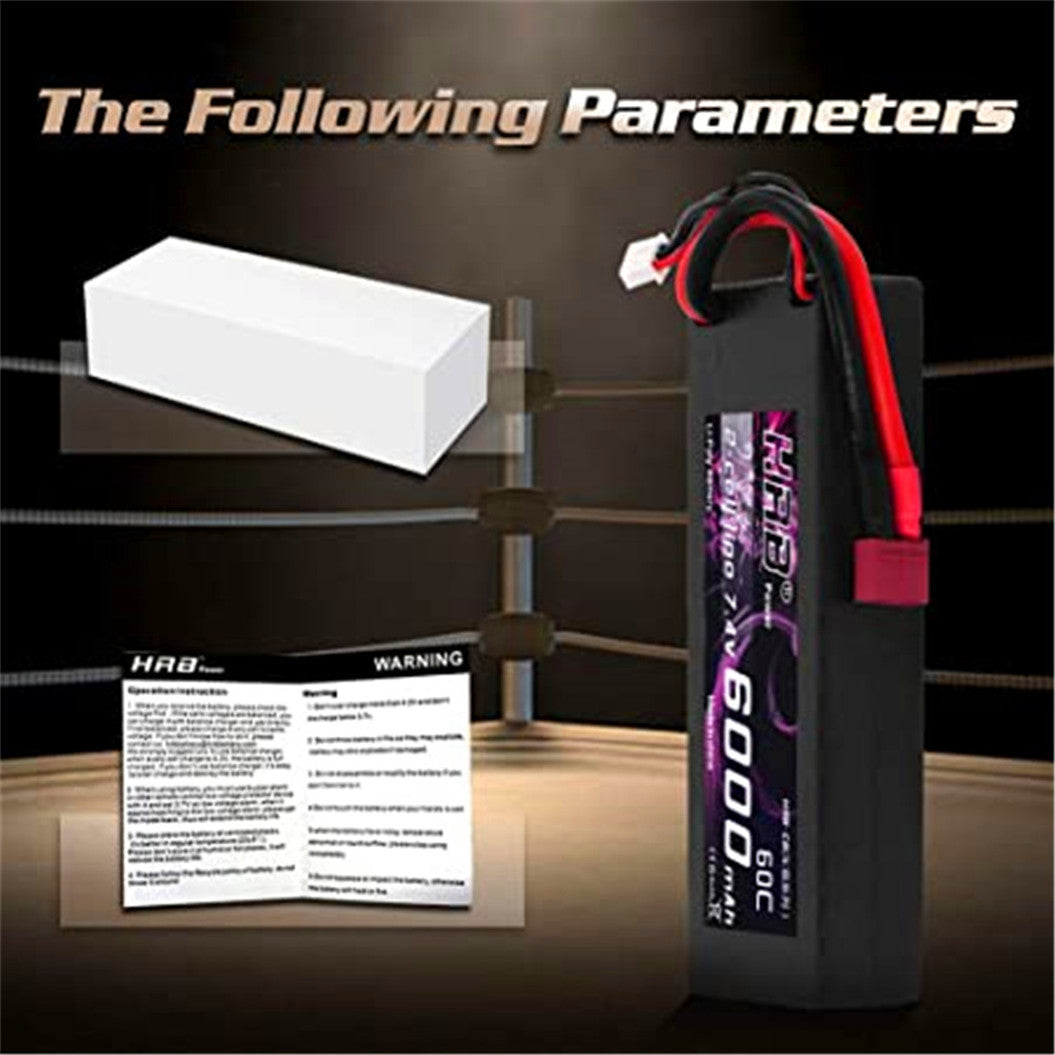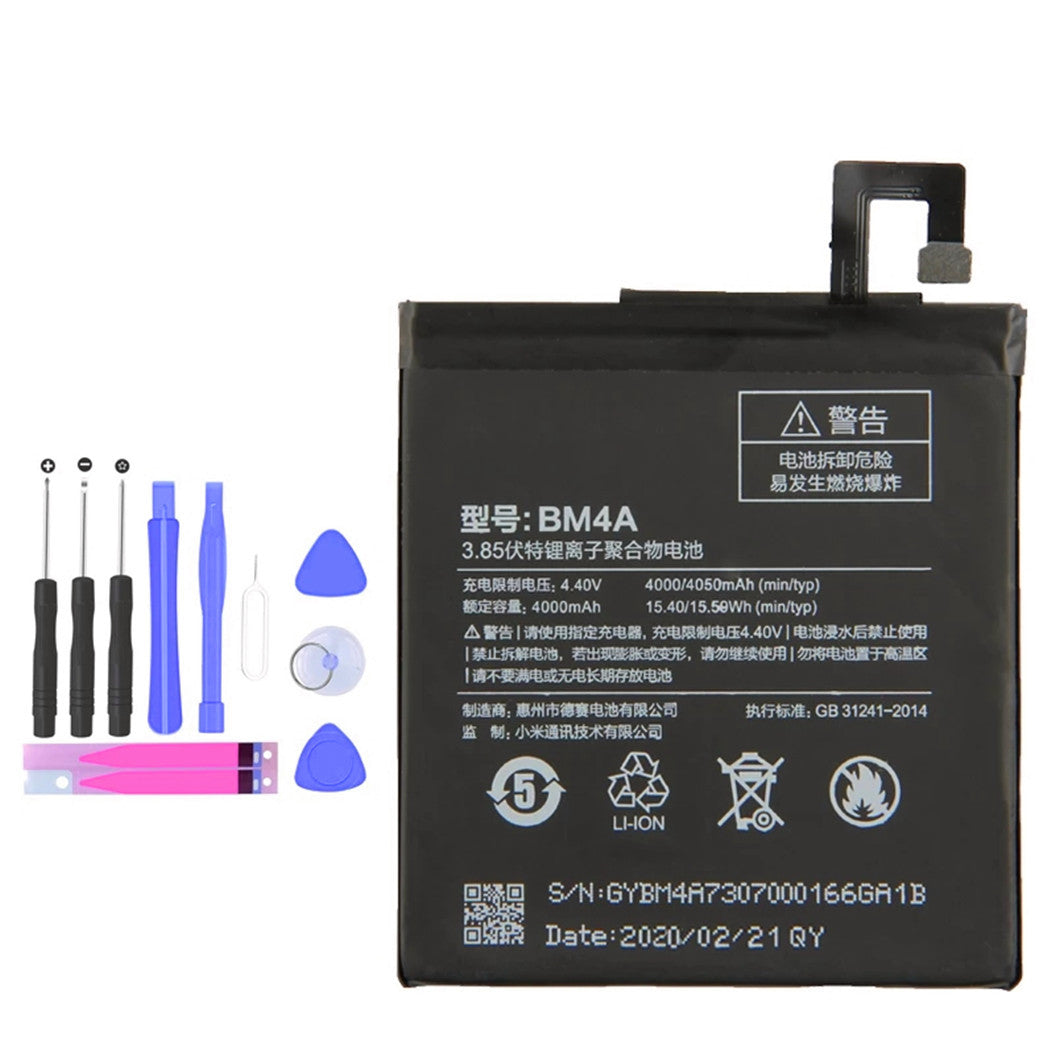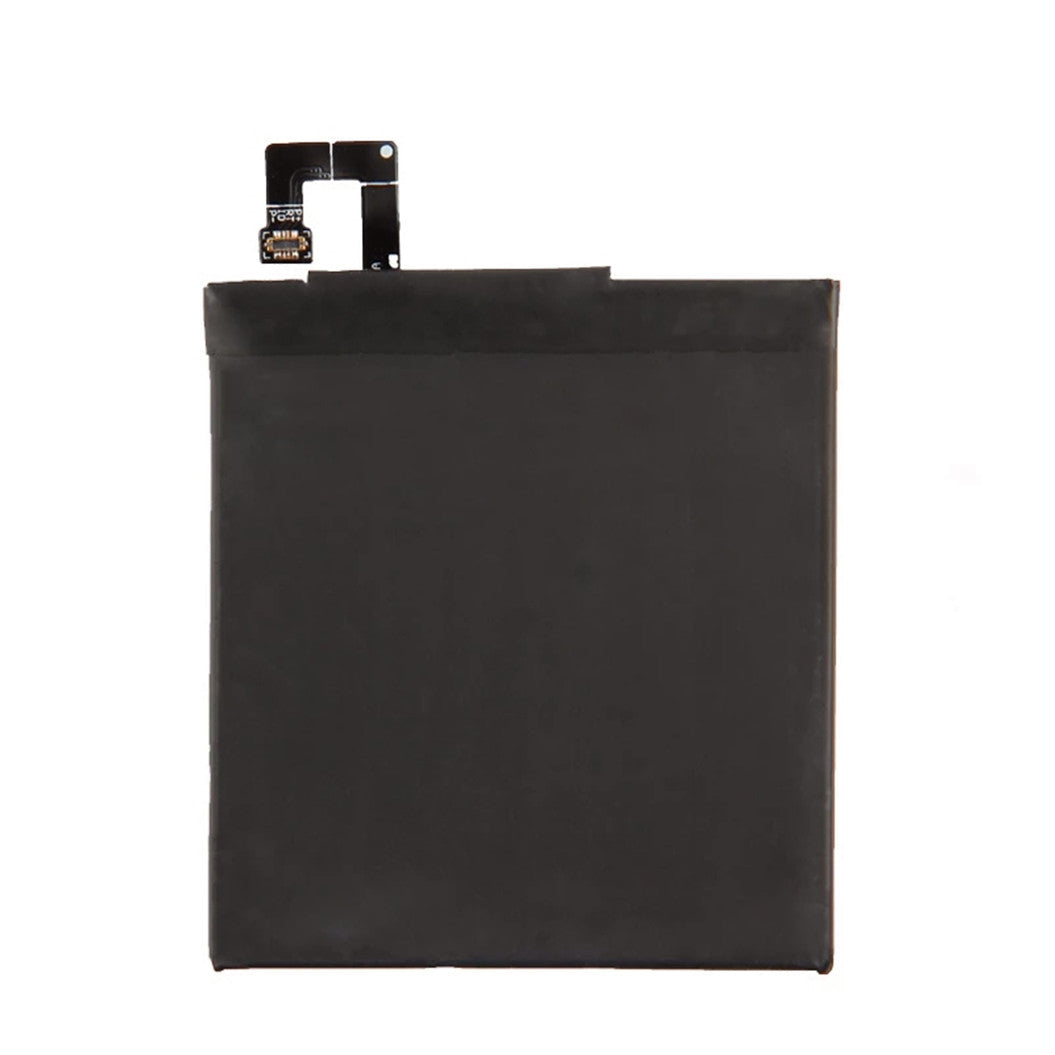-
공급업체:BATTERYINT
7.4V 2200mAh 2S 853496 리튬 폴리머 배터리 - RC 비행기, 헬리콥터, 쿼드콥터용
- 정가
- $28.50
- 정가
-
- 할인가
- $28.50
- 단가
- 단위
7.4V 2200mAh 2S 853496 리튬 폴리머 배터리 - RC 비행기, 헬리콥... -
공급업체:BATTERYINT
7.4V 1850mAh 리튬 폴리머 배터리 - Eachine E520, E520S 쿼드콥터용
- 정가
- $22.99
- 정가
-
- 할인가
- $22.99
- 단가
- 단위
7.4V 1850mAh 리튬 폴리머 배터리 - Eachine E520, E520S 쿼... -
공급업체:BATTERYINT
7.4V 1600mAh 903462 리튬 폴리머 배터리 - WLtoys V913 L959 L202 Yi TY923 HJ817용
- 정가
- $17.50
- 정가
-
- 할인가
- $17.50
- 단가
- 단위
7.4V 1600mAh 903462 리튬 폴리머 배터리 - WLtoys V913 L9... -
공급업체:BATTERYINT
7.4V 1500mAh 853562 2S 리튬 폴리머 배터리 - RC 비행기, 헬리콥터, 쿼드콥터용
- 정가
- $22.50
- 정가
-
- 할인가
- $22.50
- 단가
- 단위
7.4V 1500mAh 853562 2S 리튬 폴리머 배터리 - RC 비행기, 헬리콥... -
공급업체:BATTERYINT
7.4V 1200mAh 903052 리튬 폴리머 배터리 E520, E520S, JD-22S RC 드론 쿼드콥터용
- 정가
- $15.50
- 정가
-
- 할인가
- $15.50
- 단가
- 단위
7.4V 1200mAh 903052 리튬 폴리머 배터리 E520, E520S, JD-... -
공급업체:BATTERYINT
7.4V 3000mAh 2S 18650 리포 배터리 Udi U12A Syma S033g Q1 H100 H101 H102 H103 FT009 RC 보트 모델 부품 JST 커넥터용
- 정가
- $14.99
- 정가
-
- 할인가
- $14.99
- 단가
- 단위
7.4V 3000mAh 2S 18650 리포 배터리 Udi U12A Syma S033... -
공급업체:BATTERYINT
612338 3.7V 800mAh 리튬 폴리머 배터리 MP4, GPS, 장난감, DVR570, FD6SG, HD50G, TEXET FHD 570 DVR용
- 정가
- $9.99
- 정가
-
- 할인가
- $9.99
- 단가
- 단위
612338 3.7V 800mAh 리튬 폴리머 배터리 MP4, GPS, 장난감, DV... -
공급업체:BATTERYINT
600mAh 616-0229 배터리 iPod Classic 6세대 7세대 80GB 120GB Thin 160GB / iPod 5/5.5 세대 30GB용 + 도구 포함
- 정가
- $18.88
- 정가
-
- 할인가
- $18.88
- 단가
- 단위
600mAh 616-0229 배터리 iPod Classic 6세대 7세대 80GB 1... -
공급업체:BATTERYINT
6000mAh 7.4V 리포 배터리, 여성 T-커넥터 포함 RC 자동차, 비행기, 헬리콥터용
- 정가
- $37.99
- 정가
-
- 할인가
- $37.99
- 단가
- 단위
6000mAh 7.4V 리포 배터리, 여성 T-커넥터 포함 RC 자동차, 비행기, 헬... -
공급업체:BATTERYINT
6000mAh 7.4V 60C 2S 리포 배터리, 여성 T-커넥터 포함 RC 자동차, 비행기, 헬리콥터용
- 정가
- $37.99
- 정가
-
- 할인가
- $37.99
- 단가
- 단위
6000mAh 7.4V 60C 2S 리포 배터리, 여성 T-커넥터 포함 RC 자동차,... -
공급업체:BATTERYINT
닌텐도 스위치 Joy-Con 컨트롤러용 HAC-006 525mAh 배터리 (4개입)
- 정가
- $32.95
- 정가
-
- 할인가
- $32.95
- 단가
- 단위
닌텐도 스위치 Joy-Con 컨트롤러용 HAC-006 525mAh 배터리 (4개입) ... -
공급업체:BATTERYINT
4050mAh 정품 배터리 Xiaomi Mi Redmi Pro Redrice Pro BM4A BM 4A 스마트폰용
- 정가
- $17.58
- 정가
-
- 할인가
- $17.58
- 단가
- 단위
4050mAh 정품 배터리 Xiaomi Mi Redmi Pro Redrice Pro ...
표시 241 -252 의 344 항목
1. 리튬폴리머 배터리를 충전하는 방법?
다음은 LiPo 배터리의 안전한 충전 팁입니다.
- 과충전이나 과소충전을 방지하기 위해 항상 LiPo 배터리용으로 특별히 설계된 충전기를 사용하십시오.
- 충전하기 전에 충전기의 전류와 전압을 배터리 사양에 맞게 설정하십시오. 일반적으로 배터리 용량의 두 배인 1C입니다.
- 충전하는 동안 리튬 이온 폴리머 배터리를 내화성 백이나 가연성 물질이 없는 평평한 표면에 두십시오.
- 충전하는 동안 리튬 폴리머 배터리를 면밀히 모니터링하고 장시간 방치하지 않도록 하십시오.
- 과충전이나 과소충전을 방지하기 위해 항상 LiPo 배터리용으로 특별히 설계된 충전기를 사용하십시오.
- 충전하기 전에 충전기의 전류와 전압을 배터리 사양에 맞게 설정하십시오. 일반적으로 배터리 용량의 두 배인 1C입니다.
- 충전하는 동안 리튬 이온 폴리머 배터리를 내화성 백이나 가연성 물질이 없는 평평한 표면에 두십시오.
- 충전하는 동안 리튬 폴리머 배터리를 면밀히 모니터링하고 장시간 방치하지 않도록 하십시오.
2. 리튬폴리머 배터리를 어떻게 보관하나요?
리튬 폴리머(LiPo) 배터리를 보관할 때는 약 50% 충전 상태로 유지해야 배터리 수명을 연장하는 데 도움이 됩니다. 리튬 이온 폴리머 배터리는 직사광선과 극한의 온도를 피해 건조하고 시원한 환경에 보관해야 합니다.
또한 배터리는 사고를 방지하기 위해 방화 백이나 특수 안전 상자에 보관해야 합니다. 또한 장기간 사용하지 않을 경우 배터리 성능을 유지하기 위해 몇 달마다 가볍게 충전 및 방전을 수행하십시오.
또한 배터리는 사고를 방지하기 위해 방화 백이나 특수 안전 상자에 보관해야 합니다. 또한 장기간 사용하지 않을 경우 배터리 성능을 유지하기 위해 몇 달마다 가볍게 충전 및 방전을 수행하십시오.
3. 리튬폴리머 배터리의 수명은 얼마입니까?
일반적으로 리튬 폴리머 배터리는 적절히 사용하고 유지 관리하면 약 300~500회의 충전/방전 사이클을 견딜 수 있습니다. 배터리 수명을 연장하려면 과충전 및 과방전을 피하고 사용 및 보관 중에 리튬 이온 폴리머 배터리를 적절한 온도로 유지하십시오.
4. 리튬폴리머 배터리의 팽창 및 폭발을 방지하려면 어떻게 해야 하나요?
다음 팁은 리튬 폴리머(리포) 배터리가 팽창하거나 폭발하는 것을 방지합니다.
- LiPo 배터리용으로 특별히 설계된 충전기를 사용하고 배터리의 충전 사양을 엄격히 준수해야 합니다.
- 충전 및 사용 중에 리튬 폴리머 배터리를 극한의 온도나 직사광선에 노출시키지 마십시오.
- 리튬 이온 폴리머 배터리가 물리적으로 손상되지 않았는지 확인하십시오. 배터리를 정기적으로 검사하여 마모나 손상 흔적이 있는지 확인하십시오.
- LiPo 배터리에 팽창 징후가 나타나면 팽창이나 폭발과 같은 추가 위험을 방지하기 위해 즉시 사용을 중단하십시오.
- LiPo 배터리용으로 특별히 설계된 충전기를 사용하고 배터리의 충전 사양을 엄격히 준수해야 합니다.
- 충전 및 사용 중에 리튬 폴리머 배터리를 극한의 온도나 직사광선에 노출시키지 마십시오.
- 리튬 이온 폴리머 배터리가 물리적으로 손상되지 않았는지 확인하십시오. 배터리를 정기적으로 검사하여 마모나 손상 흔적이 있는지 확인하십시오.
- LiPo 배터리에 팽창 징후가 나타나면 팽창이나 폭발과 같은 추가 위험을 방지하기 위해 즉시 사용을 중단하십시오.
5. 4s Lipo 배터리와 3s LiPo 배터리의 차이점은 무엇인가요?
4s lipo 배터리와 3s LiPo 배터리의 주요 차이점은 셀 수와 총 전압입니다. 3s 배터리는 직렬로 연결된 3개의 셀로 구성되며 일반적으로 전압은 11.1V인 반면, 4s 배터리는 직렬로 연결된 4개의 셀로 구성되며 일반적으로 전압은 14.8V입니다.
그러나 더 높은 전압은 전자 장비의 전압 허용 오차가 더 높아야 할 수도 있으므로 리튬 폴리머 배터리를 선택할 때 장비의 전압 호환성을 고려해야 합니다.
그러나 더 높은 전압은 전자 장비의 전압 허용 오차가 더 높아야 할 수도 있으므로 리튬 폴리머 배터리를 선택할 때 장비의 전압 호환성을 고려해야 합니다.
6. 4s Lipo 배터리를 충전하는 데 얼마나 걸리나요?
일반적으로 대부분의 4셀 LiPo 배터리는 1C 충전 속도(즉, 배터리 정격 용량에 대한 전류 값)로 충전할 경우 완전히 충전하는 데 약 1~1.5시간이 걸립니다.
예를 들어, 5000mAh 배터리는 5A 충전 전류로 완전히 충전하는 데 약 1시간이 걸립니다. 리튬 폴리머 배터리의 건강과 안전을 유지하려면 적합한 충전기를 사용해야 합니다.
예를 들어, 5000mAh 배터리는 5A 충전 전류로 완전히 충전하는 데 약 1시간이 걸립니다. 리튬 폴리머 배터리의 건강과 안전을 유지하려면 적합한 충전기를 사용해야 합니다.
7. Lifepo4와 Lipo 배터리 중 어느 것이 더 낫나요?
전기 자동차 및 태양 에너지 저장 시스템과 같이 장기적인 신뢰성이 필요한 경우.
반면에 LiPo 배터리는 더 높은 에너지 밀도와 출력을 제공합니다. UAV 및 RC 모델과 같이 무게와 크기 요구 사항이 엄격한 장치에 이상적입니다.
반면에 LiPo 배터리는 더 높은 에너지 밀도와 출력을 제공합니다. UAV 및 RC 모델과 같이 무게와 크기 요구 사항이 엄격한 장치에 이상적입니다.
8. 니켈수소 배터리와 리튬폴리머 배터리 중 어느 것이 더 낫나요?
NiMH 배터리는 환경 친화적이고 저렴하여 일상 및 저전력 장치에 적합합니다.
반면에 LiPo 배터리는 더 높은 에너지 밀도와 방전 속도를 제공하여 드론 및 고성능 RC 자동차와 같은 고전력 장치에 사용하기에 더 적합합니다.
반면에 LiPo 배터리는 더 높은 에너지 밀도와 방전 속도를 제공하여 드론 및 고성능 RC 자동차와 같은 고전력 장치에 사용하기에 더 적합합니다.



